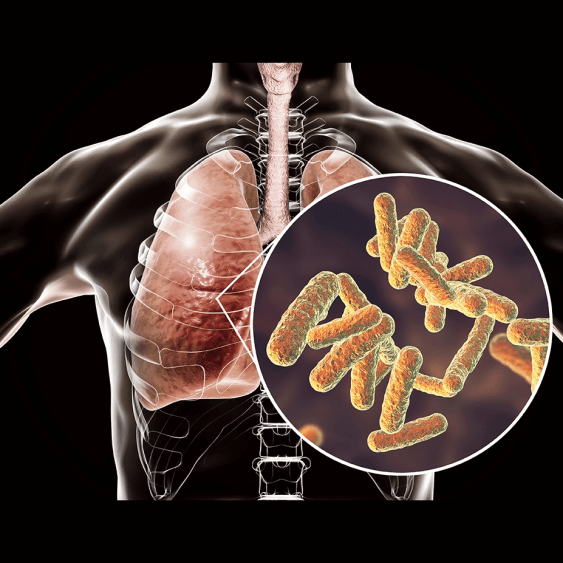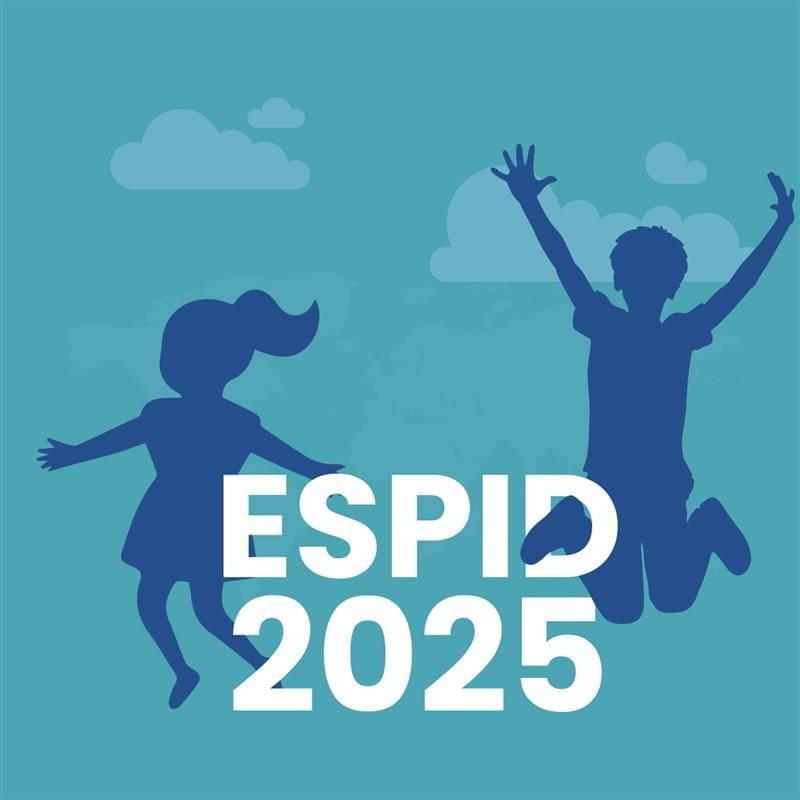ESPID 2025: Oral Presentation Session 02: Antimicrobials
Propensity-Score Matched Comparative Study of Parenteral Penicillin G vs. Cefuroxime/Ceftriaxone for the Treatment of Community-Acquired Pneumonia in Hospitalized Children in the Post-Pneumococcal Conjugate Vaccine Era
Speaker: Liat Ashkenazi-Hoffnung, Tel Aviv
Introduction:
Global guidelines recommend parenteral penicillin for non-severe community-acquired pneumonia (CAP) in children.
Cephalosporins are reserved for:
- Regions with high penicillin resistance
- Unvaccinated children
- Severe pneumonia cases
However, real-world use of penicillin remains low (~10%) due to a lack of strong comparative evidence.
Study Objective:
To compare the effectiveness and safety of parenteral penicillin G vs. cefuroxime/ceftriaxone in hospitalized children with CAP in the post-PCV (pneumococcal conjugate vaccine) era.
Study Design and Methods:
- Type: Observational, retrospective study (8 years)
- Inclusion Criteria:
Children were included in the study if they met all of the following criteria:
- Age: Between 6 months and 10 years
- Diagnosis: Discharged with an ICD-9 code for pneumonia
- Fever: Documented fever during admission
- Radiological confirmation: Presence of infiltrate on chest X-ray, interpreted by a certified pediatric radiologist
- Minimum hospitalization: Hospital stay of at least 2 days
- Treatment: Received parenteral penicillin G, ceftriaxone, or cefuroxime during admission
- Exclusion: Recent admission, chronic illness, complicated/severe pneumonia, low O₂ saturation, blood culture positivity for S. pneumoniae, wheezing or corticosteroid therapy during hospitalization
- Groups: Penicillin G vs. Ceftriaxone/Cefuroxime
- Primary and Secondary Outcomes
- Effectiveness:
- Primary: Length of hospital stay
- Secondary: Duration of fever, CRP decline, treatment failure, complications, ICU admissions, 30-day readmission
- Safety: Adverse events including phlebitis, allergic reactions, catheter changes, and antibiotic-associated diarrhoea
- Effectiveness:
Results:
Number of Patients post-PSM (Propensity score matching)
- Penicillin G group: 85
- Cephalosporin group: 85
|
Aspect |
Penicillin G |
Cephalosporin |
P-value |
|
Length of stay |
3.8 days |
4.2 days |
Significant |
|
Fever duration |
No difference |
— |
NS |
|
CRP reduction |
No difference |
— |
NS |
|
Treatment failure |
No difference |
— |
NS |
|
30-day readmission |
No difference |
— |
NS |
|
Adverse events |
Low in both |
— |
NS |
- Both treatment groups were well balanced after matching.
- Length of stay was consistently shorter with penicillin G in both matched analysis and multivariate regression.
- No differences observed in clinical outcomes or adverse events.
- Only 20% of children in the full cohort received penicillin G empirically.
Conclusion:
- Parenteral penicillin G is as clinically effective as cephalosporins for non-severe pediatric CAP.
- Associated with shorter hospital stays, enabling potentially earlier switch to oral antibiotics.
- Findings support increasing penicillin use as part of antimicrobial stewardship, especially in regions with low resistance.
ESPID 2025, 26-30 May, Bucharest



